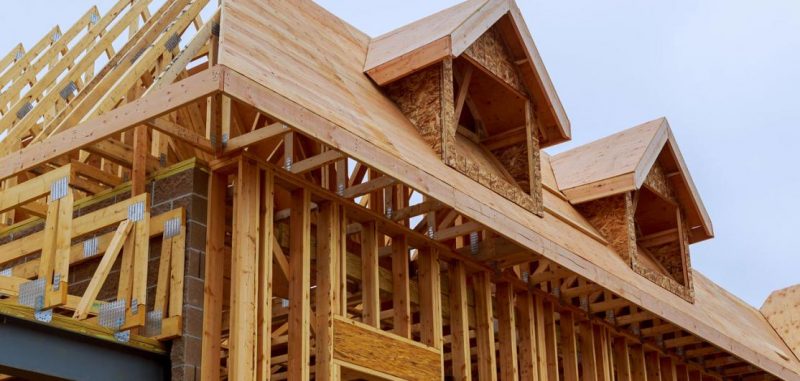Builders increased construction of single-family homes in August as buyers continued to swarm the new-home market. The pace of single-family starts last month reached its highest level since February, just before the COVID-19 pandemic ignited across the U.S.
Single-family starts rose 4.1% in August to a seasonally adjusted annual rate, of 1.02 million the Commerce Department reported Thursday. Meanwhile, homebuilder sentiment last month rose to an all-time high as builders felt upbeat about current and future sales.
However, rising lumber costs could threaten to price more home buyers out of the new-home market over the coming months. Lumber prices are now up more than 170% since mid-April, adding more than $16,000 to the price of a typical new single-family home, says Robert Dietz, chief economist of the National Association of Home Builders. Low mortgage rates are helping to offset the rising costs somewhat.
“Historic traffic numbers have builders seeing positive market conditions, but many in the industry are worried about rising costs and delays for building materials, especially lumber,” said NAHB Chairman Chuck Fowke. “More domestic lumber production or tariff relief is needed to avoid a slowdown in the market in the coming months.”
Overall, housing production in August dropped 5.1% due to a double-digit decrease in the multifamily sector. Construction of apartment buildings and condos plunged 22.7% to an annual pace of 395,000 units. “Total housing starts were down in August on a decline for multifamily construction, with multifamily 5+-unit permits now down 8.3% on a year-to-date basis,” Dietz explains. “But low interest rates and solid demand are spurring single-family construction growth, which makes up the bulk of the housing market. Single-family permits continue to rise as well and are now up almost 7% on a year-to-date basis.”
Regionally, combined single-family and multifamily housing starts were highest in the Midwest, increasing 13.6% on a year-to-date basis, followed by a 5.4% increase in the South and a 3.8% increase in the West. Housing production, meanwhile, was 4.5% lower in the Northeast last month.













